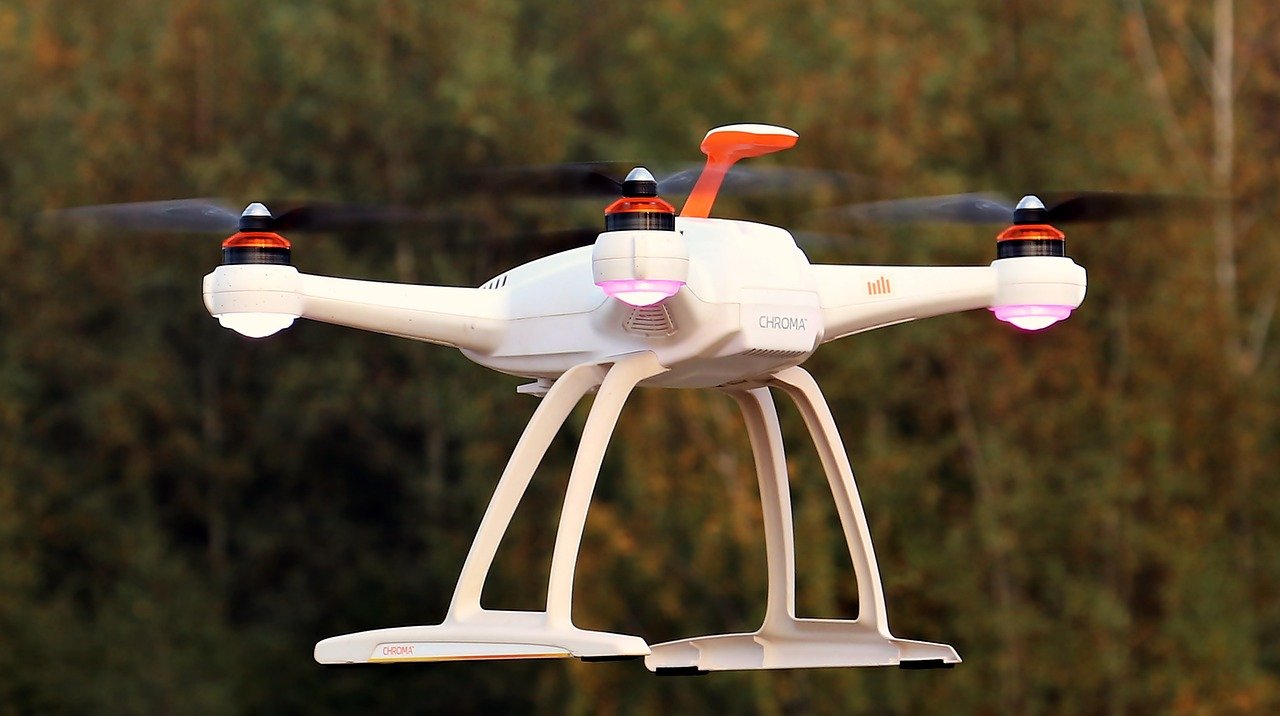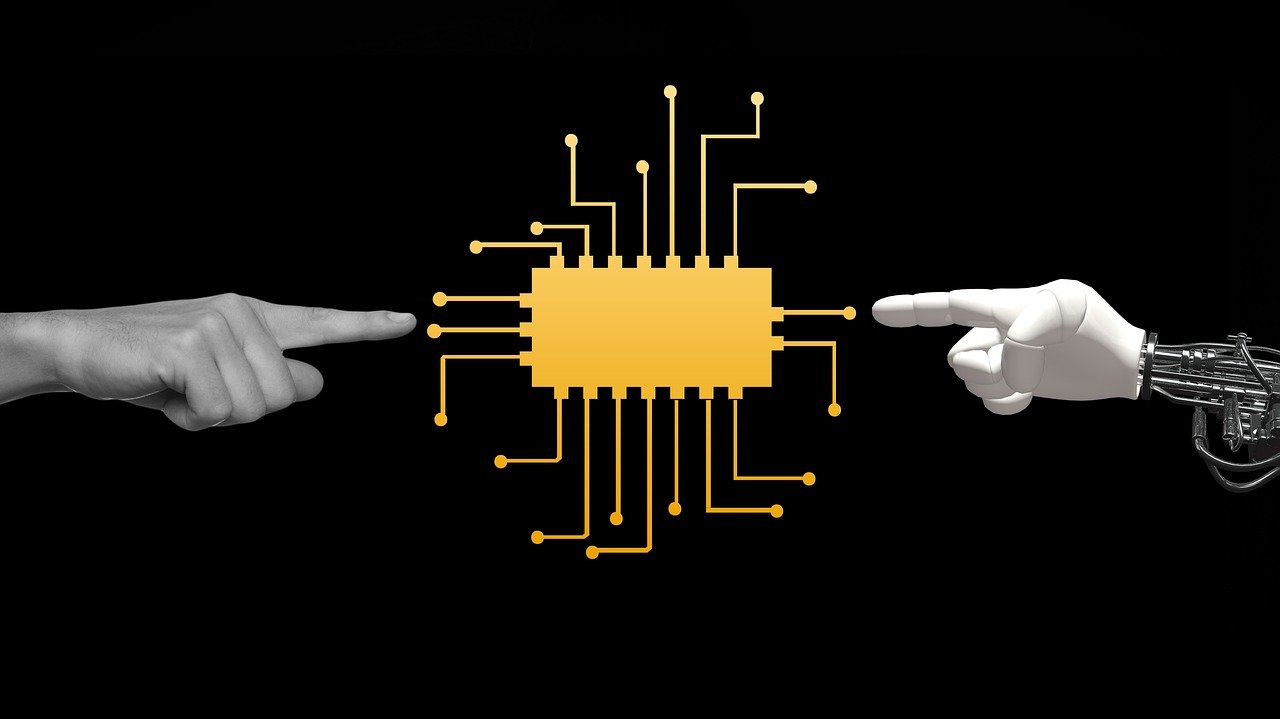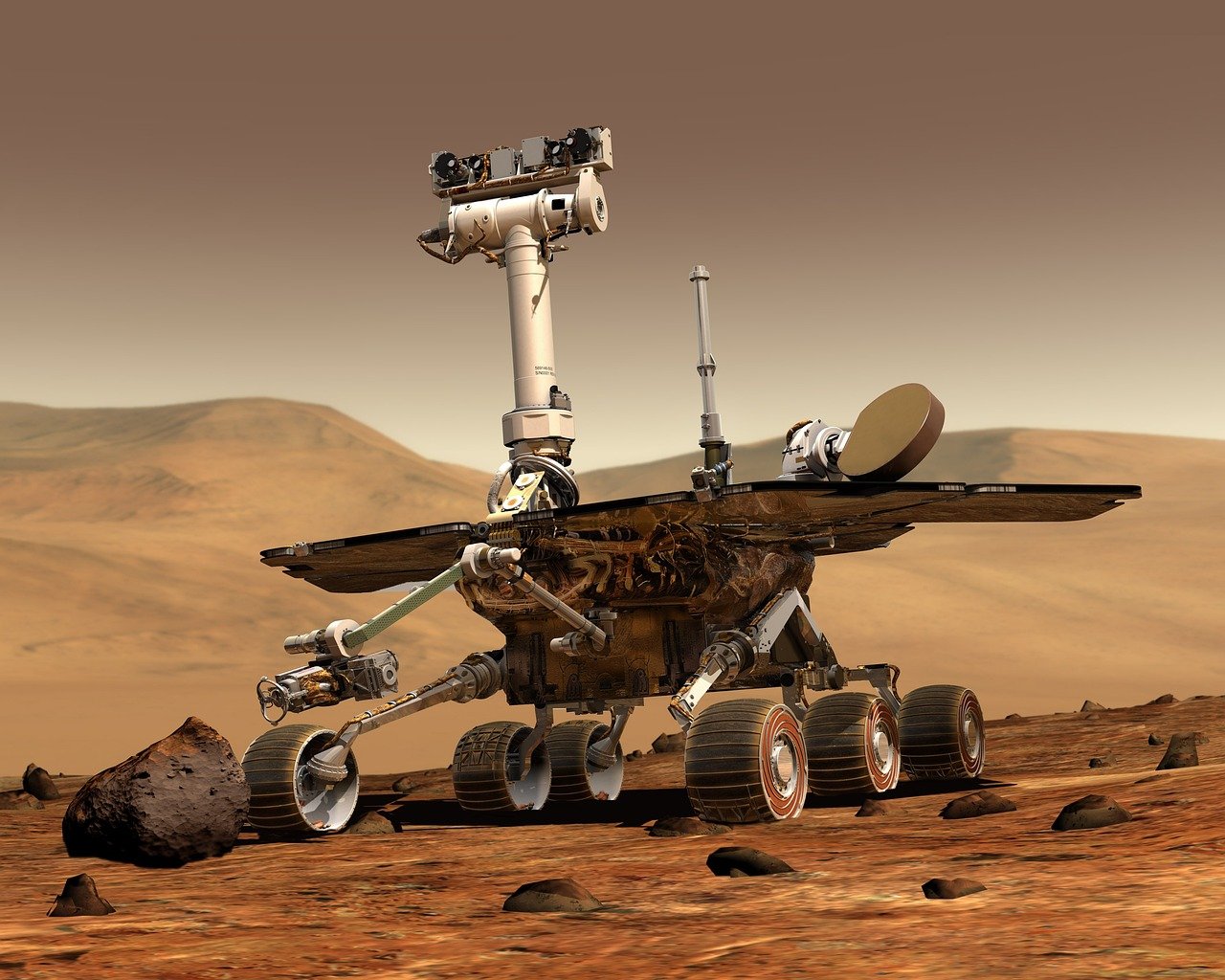
Introduction to Robotics
Imagine a world where machines come to life, mimicking human actions,
and transforming the way we live and work.
This is the world of Robotics, a captivating field that combines engineering,
computer science, and artificial intelligence to create intelligent machines
capable of performing complex tasks.
Join us on a riveting journey as we dive into the fascinating world of
Robotics, uncovering its history, inner workings, remarkable features, and
the boundless potential it holds for various industries.
What is Robotics:
Robotics is a multidisciplinary field that involves the conception, design,
manufacture, programming, and operation of robots.
It combines elements of mechanical engineering, electrical engineering,
computer science, and artificial intelligence to create intelligent machines
capable of interacting with the physical world.
The main objective of robotics field is to create intelligent machines that
can help human in various ways.
Full form of ROBOT is “Random Optical Binary Oscillating Technology”.

History of Robotics:
The origins of Robotics can be traced back to ancient times when inventors
and thinkers conceptualized mechanical devices.
The word robotics was derived from the word robot, which was introduced
to the public by Czech writer Karel in his play R.U.R (Rossum’s Universal
Robots), which was published in 1920.
The word robot comes from the Slavic word robota, which means work/job.
According to the Oxford English Dictionary, the word robotics was first used
in print by Issac Asimoy, in his fiction short story “Liar!”, published in May
1941 in Astounding Science Fiction.
Other significant milestones include
1. The development of the first programmable machine by Jacques de
Vaucanson in the 18th century,
2. The creation of the first industrial robot by George Devol and Joseph
Engelberger in the 1950s, and
3. The emergence of advanced humanoid robots like ASIMO by Honda
in the early 2000s.
The first digitally operated and programmable robot, the Unimate, was
installed in 1961 to lift hot pieces of metal from a die casting machine and
stack them.
How Robotics Works:
Robots operate through a combination of hardware, software, and sensors.
The hardware includes mechanical components, such as arms, legs, and
grippers, while the software comprises algorithms that govern their
behavior.
Sensors enable robots to perceive and interact with the environment,
allowing them to make informed decisions and adapt to changing
conditions.
The most popular language in robotics is C/C++ and python. Python
language is quite useful for ROS (Robot Operating System). As Python is
used in machine learning as well along with Raspberry Pi, it’s usage in
Robotics in quite significant.

Components of Robots:
These are the main components of Robots.
1. Control Systems: They form the main part of Robots and tell a robot
how to utilize its other components,
2. Sensors: They help robots to sense and interact with the outside
surroundings. Sensors can be in the form of video camera,
microphone etc.
3. Actuators: These related to movable components of a robot. They
receive signal from the control system and carry out the defined task.
4. Power: Many robots operate via battery or some other energy
device.
5. Effectors: These are the physical, external components that allow
robots to finish carrying out their tasks.
Important Features of Robotics:
a) Sensing and Perception: Robots utilize sensors, such as cameras,
LIDAR, and proximity sensors, to perceive their surroundings and
gather information about the environment.
b) Autonomous Decision Making: Advanced robots employ artificial
intelligence and machine learning algorithms to analyze data, make
decisions, and adapt their actions based on changing circumstances.
c) Manipulation and Mobility: Robots are equipped with mechanical
components and actuators that enable them to manipulate objects,
move in various environments, and perform tasks with precision and
dexterity.
Types of Robotics
1. Pre-programmed Robots: They operate in a controlled environment.
They are used to carry out simple, monotonous tasks. We can see
example of these in manufacturing and automobile sector.
A pre-programmed robot can act as a mechanical arm and perform a task
say, welding or inserting a part in the engine or moving some pieces from
one place to another.
2. Humanoid robots: They look like a human. They are designed to
resemble humans, with the ability to walk, talk, and interact with their
surroundings, blurring the line between humans and machines.
3. Autonomous robots: They operate independently of human operators.
These robots complete the assigned task, without any human
intervention.
4. Teleoperated robots: These are semi-autonomous bots that use a
wireless network to enable human control from a safe distance.
5. Augmenting robots: They either enhance current human capabilities
or replace the capabilities a human may have lost.
They are used in medical field, to provide prosthetic limbs or
exoskeletons.
6. Collaborative Robots: Known as cobots, these robots work alongside
humans, assisting with tasks and enhancing productivity in industries
such as manufacturing and healthcare.
7. Swarm Robotics: Robots can work together in a coordinated manner,
like a swarm of bees, to accomplish complex tasks more efficiently
and quickly than a single robot.
8. Industrial Robot: This robot system is used in manufacturing
industries.
9. Nano-Robots: They have nanometer scaled dimensions and can
handle or work in a environment with nanometer scale resolution.
10. SCARA Robotics: It’s a type of industrial Robot. Here SCARA
stands for ‘Selective Compliance assembly Robot Arm’.
11. Micro-robots: These are miniature robots. Mobile robots, with
dimension less than 1 mm. These robots are capable of handling micrometer size components.

Advantages of Robotics:
1. Increased Efficiency: Robots can perform repetitive tasks with
precision and consistency, leading to improved productivity and
reduced human error. Also, Robots can work 24/7.
2. Enhancing Safety: Robots can undertake dangerous or hazardous
tasks, minimizing the risks to human workers and ensuring a safer
working environment.
3. Scalability and Cost-effectiveness: Robots offer scalability, allowing
businesses to adapt to fluctuating demands and can be cost-effective
solution for labor-intensive industries in the long run.
4. Today Robots are used to do work in environments, which are
considered dangerous for humans. This include inspection of
radioactive materials, bomb detection and deactivation, dousing
forest fire, exploring mines, cleanup of hazardous materials etc.
5. Places, where human can’t survive like in space, underwater, in high
heat, and clean up and containment of hazardous materials and
radiation, doing rescue operation underwater or at high altitude.
Uses of Robotics:
1. Surgical Robotics: Robotic-assisted surgery enables surgeons to
perform complex procedures with enhanced precision and minimal
invasiveness, leading to faster recovery times and improved patient
outcomes.
2. Warehouse Automation: Robots can automate order fulfillment
processes, efficiently picking and packing items in warehouses, reducing
errors, and increasing operational efficiency.
3. Elderly Care: Robots can assist the elderly with daily activities, monitor
their health, and provide companionship, addressing the challenges posed
by aging populations.
4. Agriculture: Robots are used for precision Agriculture and for various
activities related to drones.
5. Manufacturing: Robots are used in shop floor for various works like
assembly of components, welding, moving heavy parts from one place to
another etc.
6. Construction: We see various use cases here, from traditional robots,
robotics arms as well as and robotics exoskeletons.
7. Household work: Robots in various form and shapes are getting used, from
cleaning the floor, mopping the grass and various other work in kitchen.
8. Robots are used by military, police and fire department for various
combat operations as well as for various rescue operations.
Companies Using Robotics:
a) Boston Dynamics: Known for their groundbreaking humanoid and
quadruped robots, Boston Dynamics pushes the boundaries of robot
mobility and agility.
b) Fanuc: A leading industrial robot manufacturer, Fanuc develops robots
for various applications, including automotive assembly, electronics
manufacturing, and material handling.
c) Intuitive Surgical: Pioneers in surgical robotics, Intuitive Surgical’s da
Vinci Surgical System is widely used in minimally invasive procedures
across the globe.
Industries Using Robotics:
a) Manufacturing: Industrial robots play a crucial role in assembly lines,
improving efficiency and ensuring precise manufacturing processes.
b) Healthcare: Robotics finds applications in surgery, rehabilitation,
diagnostics, and assistive devices, revolutionizing patient care and medical
procedures.
c) Agriculture: Robots are employed for tasks such as planting, harvesting,
and crop monitoring, enhancing precision, and optimizing agricultural
practices.
Industries like logistics, construction, mining, and space exploration can
further benefit from the integration of Robotics. Robots can automate
tedious and risky tasks, enhance productivity, and enable exploration in
challenging environments.
Other Technologies Related to Robotics
Robotics intersects with various other cutting-edge technologies, including
artificial intelligence, computer vision, machine learning, and internet of
things (IoT).
Understanding these technologies enhances the capabilities and potential
applications of robots.
When Not to Use Robotics:
Robotics may not be optimal in situations where tasks require a high level
of human creativity, intuition, or empathy. Additionally, in cases where the
cost of implementing robotics outweighs the benefits or where human labor
is more efficient, alternative approaches might be more suitable.
The Future of Robotics:
The future of Robotics holds exciting possibilities, ranging from advanced
humanoid robots that can assist with daily chores to autonomous vehicles,
drones, and space exploration.
As technology continues to evolve, robots will become more intelligent,
versatile, and seamlessly integrated into our lives.
Conclusion:
Robotics stands at the forefront of technological advancements, shaping
the future of industries and transforming the way we live and work.
With its ability to automate tasks, enhance precision, and improve safety,
Robotics is poised to revolutionize various sectors, from healthcare and
manufacturing to agriculture and beyond.
As we embrace the age of intelligent machines, the potential for innovation
and the realization of futuristic visions are limited only by our imagination.
So, let us step into this remarkable world of Robotics, where science fiction
becomes a tangible reality, and embark on a journey that will redefine our
future.

